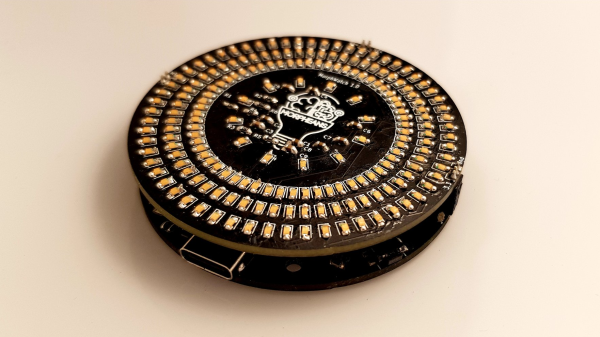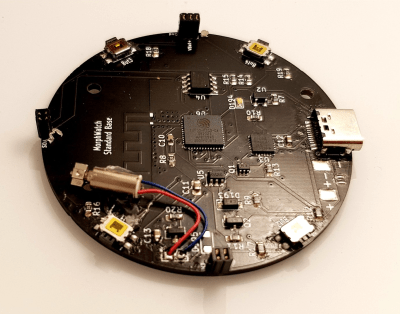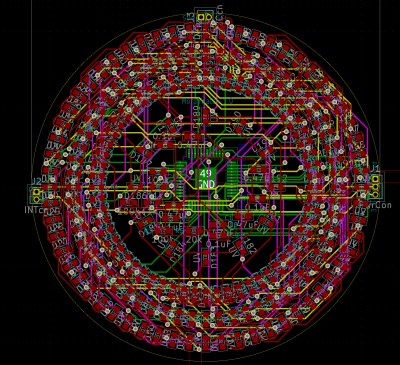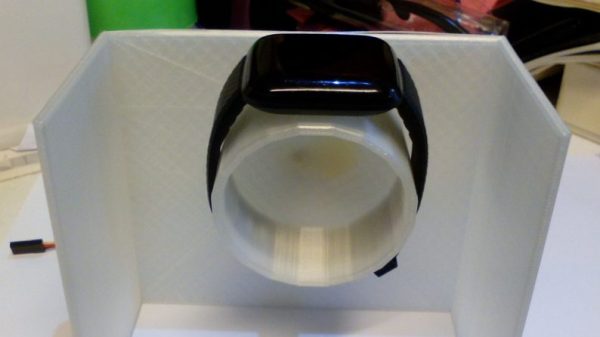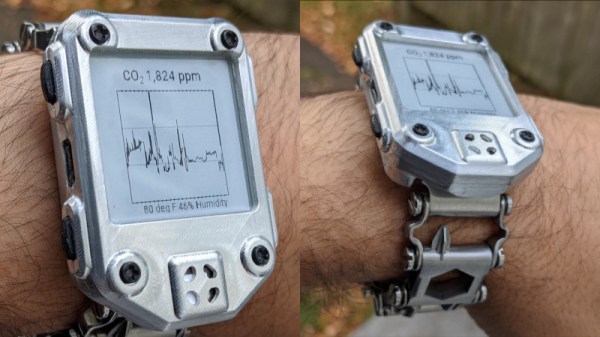Recently [Richard Mille] and Ferrari (yes, that Ferrari) announced the thinnest mechanical watch ever made, the RM UP-01.
It measures a scant 1.75mm thick (~1/16 of an inch). The aesthetic is debatable, and the price tag is not even listed on the page, but we suspect it is a rather significant sum. But setting aside those two things, we’d like to step back and appreciate this as a piece of art. This is not a practical watch by any stretch of the imagination. This watch is the equivalent of a human-powered airplane. Impractical, costly, and not as effective as other modern mechanically-powered solutions. But that doesn’t make it any less impressive.
Since it is so thin, a regular stacked assortment of gears wasn’t an option. So instead, the gears were distributed over the watch’s surface, which led to a thin watch face. This means that winding is manual to save space, and a single winding will last around 45 hours. The heartbeat of any mechanical watch is the escapement. So they had to redesign the escapement to be flatter, doing away with the guard pin and the safety roller, instead using the anchor fork to bank the lever in case of unexpected forces or shocks.
The design is incredible but perhaps just as noteworthy is the fact that it could be machined. Machined out of titanium with a micron of accuracy, which is an incredible feat if you’ve seen a savage discussion of measurements. The smaller and more accurate you get, the steeper the difficulty curve.
A short teaser is available after the break.
Continue reading “Because It’s Cool To Make A Watch That Thin”


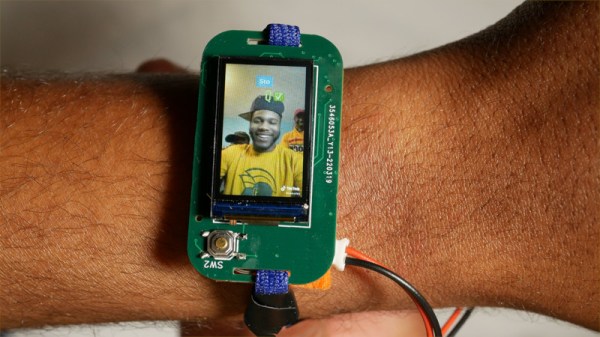
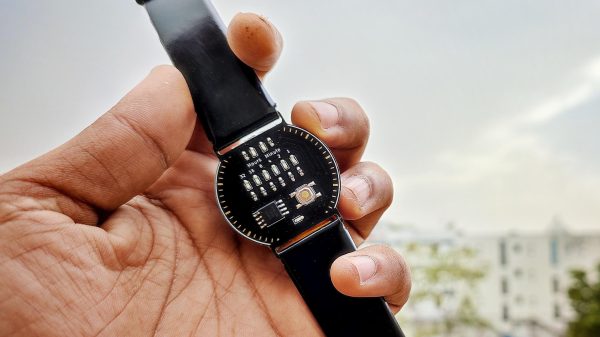

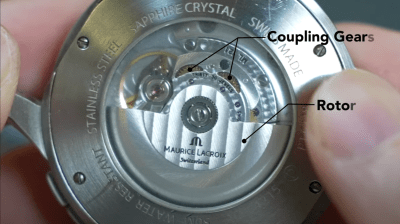 the centre of which has a one-way clutch, which transmits the torque onwards to the output gear. The input side of the clutch also drives an identical unit, which picks up rotations in the opposite direct, and also drives the same larger output gear. So simple, and watching this super-sized device in operation really gives you an appreciation of how elegant such mechanisms are. Could it be useful in other applications? How about converting wind power to mechanically pump water in remote locations? Let us know your thoughts in the comments down below!
the centre of which has a one-way clutch, which transmits the torque onwards to the output gear. The input side of the clutch also drives an identical unit, which picks up rotations in the opposite direct, and also drives the same larger output gear. So simple, and watching this super-sized device in operation really gives you an appreciation of how elegant such mechanisms are. Could it be useful in other applications? How about converting wind power to mechanically pump water in remote locations? Let us know your thoughts in the comments down below!